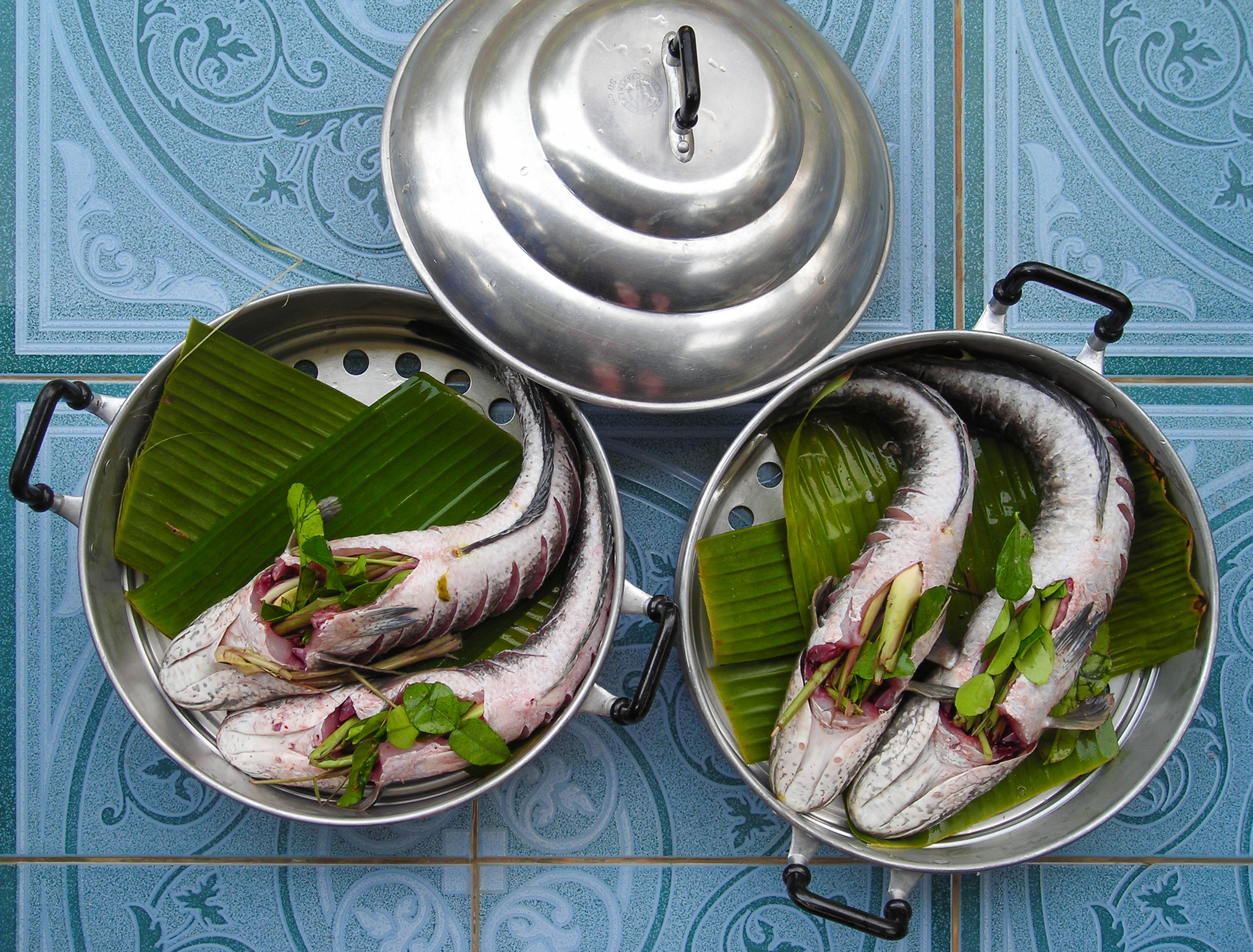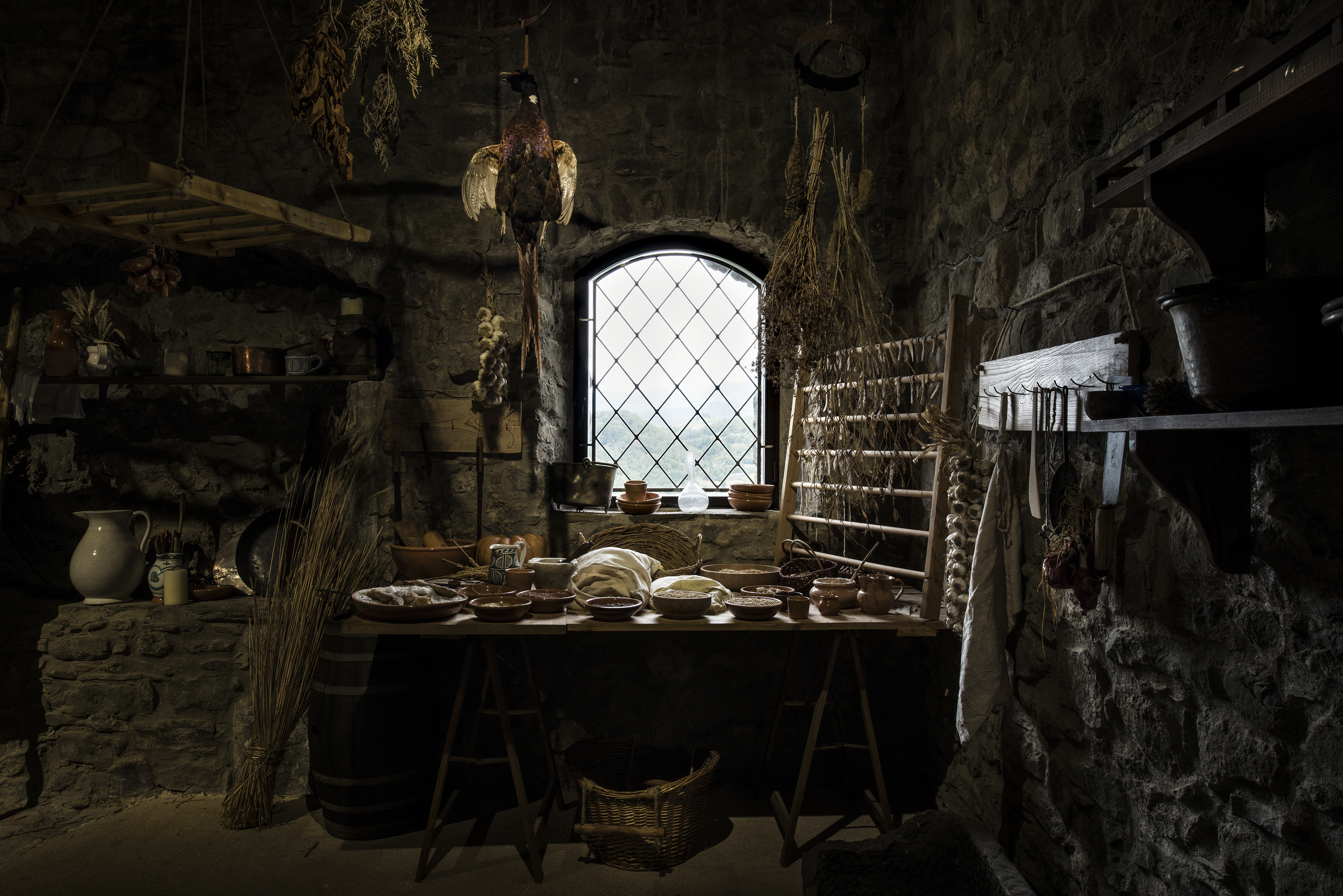|
Maghrebi Cuisine
Maghreb cuisine is the cooking of the Maghreb region, the northwesternmost part of Africa along the Mediterranean Sea, consisting of the countries of Algeria, Libya, Mauritania, Morocco, and Tunisia. Well-known dishes from the region include ''couscous'', '' pastilla'', '' tajine'' and '' shakshouka''. Origins The cuisine of the Maghreb, the western region of North Africa, includes that of Algeria, Morocco, Tunisia and Libya, and is by origin a mixture of Arabian, Berber and Mediterranean cuisines, with historic influences from Ottoman and European cuisines. The cuisines of Algeria, Tunisia and Libya and Morocco have also been influenced by French and Italian cuisine respectively. Cuisine In Maghrebi cuisine, the most common staple foods are wheat (for '' khobz'' bread and ''couscous''), fish, seafood, goat, [...More Info...] [...Related Items...] OR: [Wikipedia] [Google] [Baidu] |
Libyan Cuisine
The cuisine of Libya is a mix of Berber cuisine, Berber, Arab cuisine, Arab and Mediterranean cuisine, Mediterranean cuisines One of the most popular Libyan dishes is ''Bazin (bread), bazin'', an unleavened bread prepared with barley, water and salt. ''Bazin'' is prepared by boiling barley flour in water and then beating it to create a dough using a ''magraf'', which is a unique stick designed for this purpose. In Tripoli, Libya, Tripoli, Libya's capital, the cuisine is particularly influenced by Italian cuisine."Libya." Accessed June 2011. [...More Info...] [...Related Items...] OR: [Wikipedia] [Google] [Baidu] |
Fish As Food
Many species of fish are caught by humans and consumed as food in virtually all regions around the world. Their meat has been an important dietary source of protein and other nutrients in the human diet. The English language does not have a special culinary name for food prepared from fish like with other animals (as with '' pig'' vs. ''pork''), or as in other languages (such as Spanish '' pez'' vs. '' pescado''). In culinary and fishery contexts, ''fish'' may include so-called shellfish such as molluscs, crustaceans, and echinoderms; but, more expansively, ''seafood'' covers both fish and other marine life used as food. Since 1961, the average annual increase in global apparent food fish consumption (3.2 percent) has outpaced population growth (1.6 percent) and exceeded the increase in consumption of meat from all terrestrial animals except poultry (4.9 percent), both combined (2.8 percent) and individually (bovine, ovine, porcine, et cetera). In ''per capita'' terms, f ... [...More Info...] [...Related Items...] OR: [Wikipedia] [Google] [Baidu] |
Khobz
Khubz (), alternatively transliterated as ''khoubz'', ''khobez'', ''khubez'', or ''khubooz'',), date=February 2022 is the usual word for "bread" in Standard Arabic and in many of the vernaculars. Among the breads popular in Middle Eastern countries are "pocket" pita bread in the Levant and Egypt, and the flat ''tannur'' bread in Iraq. The oldest known kind of bread, found by archaeologists in the Syrian Desert (modern-day southern Syria and northern Jordan), dates back 14,000 years. It was a sort of unleavened flatbread made with several types of wild cereals. Tannur bread In Iraq, the most popular bread is tannur bread (, خبز التنور), which resembles other slightly leavened flatbreads such as Iranian '' nan-e barbari'', Central and South Asian flatbreads (such as ''naan''), and pizza base. (See also tandoor bread and taboon bread.) The word tannur comes from the Akkadian word (), which consists of the parts 'mud' and 'fire' and is mentioned as early ... [...More Info...] [...Related Items...] OR: [Wikipedia] [Google] [Baidu] |
Wheat
Wheat is a group of wild and crop domestication, domesticated Poaceae, grasses of the genus ''Triticum'' (). They are Agriculture, cultivated for their cereal grains, which are staple foods around the world. Well-known Taxonomy of wheat, wheat species and hybrids include the most widely grown common wheat (''T. aestivum''), spelt, durum, emmer, einkorn, and Khorasan wheat, Khorasan or Kamut. The archaeological record suggests that wheat was first cultivated in the regions of the Fertile Crescent around 9600 BC. Wheat is grown on a larger area of land than any other food crop ( in 2021). World trade in wheat is greater than that of all other crops combined. In 2021, world wheat production was , making it the second most-produced cereal after maize (known as corn in North America and Australia; wheat is often called corn in countries including Britain). Since 1960, world production of wheat and other grain crops has tripled and is expected to grow further through the middle of ... [...More Info...] [...Related Items...] OR: [Wikipedia] [Google] [Baidu] |
Staple Foods
A staple food, food staple, or simply staple, is a food that is eaten often and in such quantities that it constitutes a dominant portion of a standard diet for an individual or a population group, supplying a large fraction of energy needs and generally forming a significant proportion of the intake of other nutrients as well. For humans, a staple food of a specific society may be eaten as often as every day or every meal, and most people live on a diet based on just a small variety of food staples. Specific staples vary from place to place, but typically are inexpensive or readily available foods that supply one or more of the macronutrients and micronutrients needed for survival and health: carbohydrates, proteins, fats, minerals, and vitamins. Typical examples include grains (cereals and legumes), seeds, nuts and root vegetables (tubers and roots). Among them, cereals (rice, wheat, oat, maize, etc.), legumes (lentils and beans) and tubers (e.g. potato, taro and yam) acc ... [...More Info...] [...Related Items...] OR: [Wikipedia] [Google] [Baidu] |
Oxford University Press
Oxford University Press (OUP) is the publishing house of the University of Oxford. It is the largest university press in the world. Its first book was printed in Oxford in 1478, with the Press officially granted the legal right to print books by decree in 1586. It is the second-oldest university press after Cambridge University Press, which was founded in 1534. It is a department of the University of Oxford. It is governed by a group of 15 academics, the Delegates of the Press, appointed by the Vice Chancellor, vice-chancellor of the University of Oxford. The Delegates of the Press are led by the Secretary to the Delegates, who serves as OUP's chief executive and as its major representative on other university bodies. Oxford University Press has had a similar governance structure since the 17th century. The press is located on Walton Street, Oxford, Walton Street, Oxford, opposite Somerville College, Oxford, Somerville College, in the inner suburb of Jericho, Oxford, Jericho. ... [...More Info...] [...Related Items...] OR: [Wikipedia] [Google] [Baidu] |
The Oxford Companion To Food
''The Oxford Companion to Food'' is an encyclopedia about food. It was edited by Alan Davidson and published by Oxford University Press in 1999. It was also issued in softcover under the name ''The Penguin Companion to Food''. The second and third editions were edited by Tom Jaine and published by Oxford in 2006 and 2014. The book, Davidson's ''magnum opus'' with "more than a million words, mostly his own", covers the nature and history of foodstuffs worldwide, starting from aardvark and ending with zuppa inglese. It is compiled with especially strong coverage of European and in particular British cookery and contains no recipes. It was an "outgrowth" of the annual Oxford Symposium on Food and Cookery. The entry for this work in WorldCat includes the following abstract: Major articles are signed and include bibliographic references, and there is a comprehensive overall bibliography. Some of the material in it was previously published in Davidson's '' Petits Propos Culi ... [...More Info...] [...Related Items...] OR: [Wikipedia] [Google] [Baidu] |
Italian Cuisine
Italian cuisine is a Mediterranean cuisine#CITEREFDavid1988, David 1988, Introduction, pp. 101–103 consisting of the ingredients, recipes, and cooking techniques developed in Italy since Ancient Roman cuisine, Roman times, and later spread around the world together with waves of Italian diaspora. Significant changes Columbian exchange, occurred with the colonization of the Americas and the consequent introduction of potatoes, tomatoes, capsicums, and maize, as well as sugar beet—the latter introduced in quantity in the 18th century. It is one of the best-known and most widely appreciated Gastronomy, gastronomies worldwide. Italian cuisine includes deeply rooted traditions common throughout the country, as well as all the diverse Regional cuisine, regional gastronomies, different from each other, especially between Northern Italy, the north, Central Italy, the centre, and Southern Italy, the south of Italy, which are in continuous exchange. Many dishes that were once region ... [...More Info...] [...Related Items...] OR: [Wikipedia] [Google] [Baidu] |
French Cuisine
French cuisine is the cooking traditions and practices of France. In the 14th century, Guillaume Tirel, a Court (royal), court chef known as "Taillevent", wrote ''Le Viandier'', one of the earliest recipe collections of medieval France. In the 17th and 18th centuries, chefs François Pierre La Varenne and Marie-Antoine Carême spearheaded movements that shifted French cooking away from its foreign influences and developed France's own indigenous style. French cheese, Cheese and French wine, wine are a major part of the cuisine. They play different roles regionally and nationally, with many variations and ''appellation d'origine contrôlée'' (AOC) (regulated appellation) laws. Culinary tourism and the ''Guide Michelin'' helped to acquaint commoners with the ''cuisine bourgeoise'' of the urban elites and the peasant cuisine of the French countryside starting in the 20th century. Many dishes that were once regional have proliferated in variations across the country. Knowledg ... [...More Info...] [...Related Items...] OR: [Wikipedia] [Google] [Baidu] |
European Cuisine
European cuisine (also known as Continental cuisine) comprises the cuisines originating from the various countries of Europe. The cuisines of European countries are diverse, although some common characteristics distinguish them from those of other regions.Kwan Shuk-yan (1988). ''Selected Occidental Cookeries and Delicacies'', p. 23. Hong Kong: Food Paradise Pub. Co. Compared to traditional cooking of East Asia, meat holds a more prominent and substantial role in serving size.Lin Ch'ing (1977). ''First Steps to European Cooking'', p. 5. Hong Kong: Wan Li Pub. Co. Many dairy products are utilised in cooking. There are hundreds of varieties of cheese and other fermented milk products. White wheat-flour bread has long been the prestige starch, but historically, most people ate bread, flatcakes, or porridge made from rye, spelt, barley, and oats. Those better-off would also make pasta, dumplings and pastries. The potato has become a major starch plant in the diet of Europeans an ... [...More Info...] [...Related Items...] OR: [Wikipedia] [Google] [Baidu] |
Ottoman Cuisine
Ottoman cuisine is the cuisine of the Ottoman Empire and its continuation in the cuisines of Greece, Turkey, the Balkans, Caucasus, Middle East and Northern Africa. Sources The Ottoman palace kitchen registers (''matbah-i amire defterleri'') are important primary sources for studies of early modern Ottoman cuisine containing information on ingredients and names of food dishes cooked by the palace kitchens. Many cookbooks were published beginning in the 19th century reflecting the cultural fusions that characterized the rich cuisine of Istanbul's elites in the Late Ottoman period as new ingredients like tomatoes became widely available. There are few extant recipe collections before this era. The earliest Ottoman cookbook is credited to Muhammad Shirvânî's 15th-century expansion of the earlier Arabic ''Kitab al-Tabikh'' by Muhammad bin Hasan al-Baghdadi. '' Diwan Lughat al-Turk'' (the earliest Turkish language dictionary) is often consulted as a source for the influenc ... [...More Info...] [...Related Items...] OR: [Wikipedia] [Google] [Baidu] |





